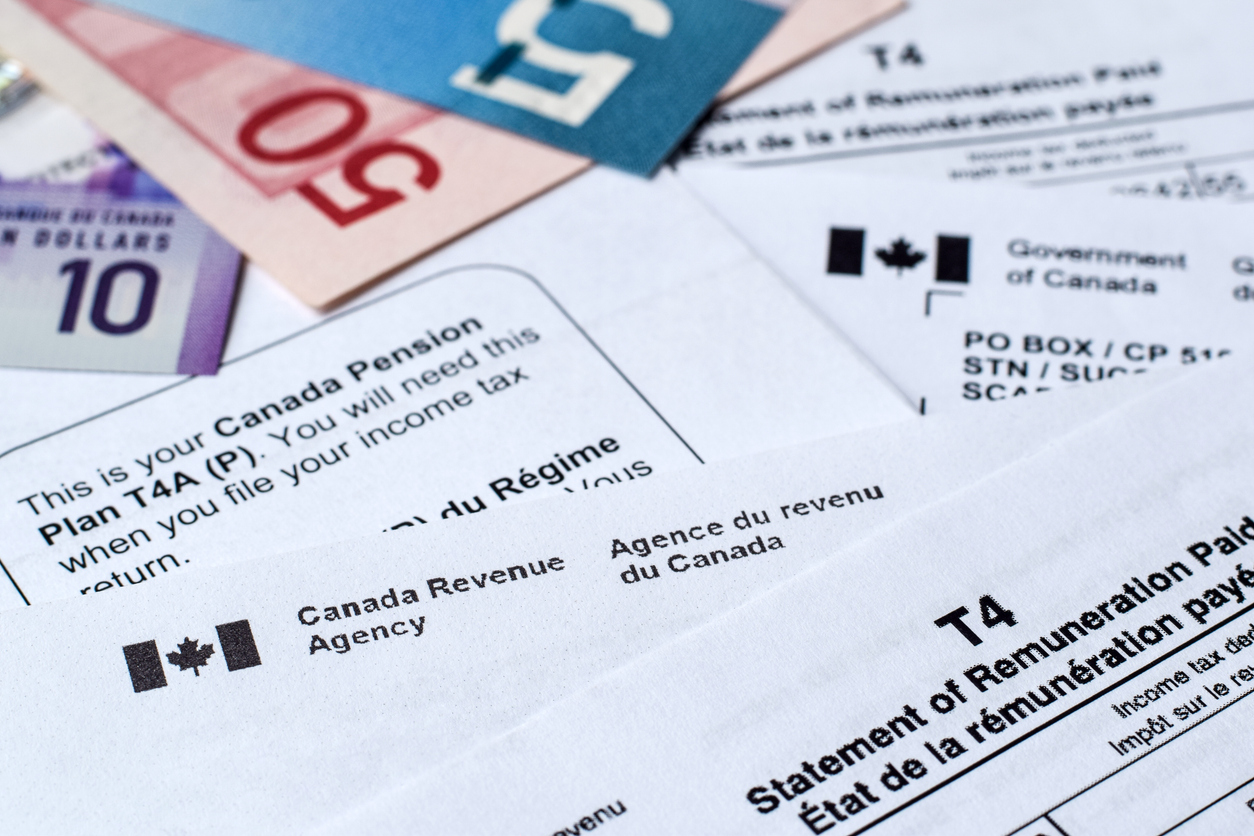Relocating from Canada to the U.S. presents unique tax challenges, particularly for high net worth individuals with Canadian private corporations. These challenges can be grouped into three main categories: pre-move tax planning, tax implications at the time of the move, and ongoing tax issues post-move. Let’s explore these areas and outline strategies to minimize tax liabilities and avoid double taxation.

Pre-Move Tax Planning
Departure Tax
Central to Canadian tax planning is the departure tax, which applies to accrued capital gains. This tax is essentially a deemed realization of capital gains and losses at the time of departure. To mitigate its impact, consider the following strategies:
- Asset Categorization: Divide assets into categories such as readily disposable portfolio investments, long-term assets, shares of private corporations, partnerships, retirement plans, unexercised stock options, Canadian real estate, and interests in Canadian trusts. Each type requires a specific tax planning approach.
- Value Reduction: Evaluate ways to reduce the value of assets to minimize deemed capital gains. This might include realizing losses where possible or deferring gains.
- Disposition Prior to Departure: Consider disposing of certain assets before departure to simplify tax matters and potentially reduce the departure tax burden.
Canadian Real Estate
Canadian real estate is not automatically subject to departure tax unless an election is made. Even without this election, future capital gains on the property will be taxed by Canada. To manage this:
- Assess whether to retain or sell the property before moving.
- Utilize the principal residence exemption to reduce taxable gains on personal-use properties.
Stock Options
Exercise stock options before leaving Canada to benefit from favorable tax treatment. The U.S. does not offer the same deductions as Canada for stock option benefits, potentially leading to higher taxes if exercised after becoming a U.S. resident.
Tax Implications at the Move Date
Private Corporations
Shares in Canadian private corporations present unique challenges:
- Dividend Planning: Pay out eligible dividends before departure to reduce share value and minimize capital gains tax.
- Capital Dividends: Utilize the capital dividend account to distribute non-taxable portions of capital gains, reducing share value and departure tax.
- Tax Refunds: If the corporation has investment income, it can obtain a partial tax refund upon dividend payment, effectively lowering the overall tax cost.
Double Taxation Risks
Double taxation can occur due to differences in how Canada and the U.S. tax corporate earnings and dividends:
- Revaluation Issues: While shares are revalued at fair market value for departure tax purposes, underlying assets are not, leading to potential double taxation on future gains.
- Withholding Taxes: Dividends paid after departure are subject to Canadian withholding tax, potentially leading to double taxation unless mitigated through specific planning strategies.
Ongoing Tax Issues Post-Move
U.S. Estate and Gift Tax
Becoming a U.S. resident introduces new estate and gift tax considerations:
- Estate Planning: Develop an estate plan that considers U.S. estate and gift tax implications, especially if Canadian resident beneficiaries are involved.
- Trusts: Evaluate existing Canadian trusts and consider their treatment under U.S. tax laws.
Continued Canadian Investments
If maintaining Canadian investments:
- Tax Treaty Benefits: Leverage the Canada-U.S. Tax Treaty to minimize double taxation.
- Tax Compliance: Ensure compliance with both Canadian and U.S. tax filing requirements, including any necessary information returns for controlled foreign corporations or trusts.
Strategic Considerations
To minimize tax liabilities and avoid double taxation, consider these strategies:
- Pre-Departure Dividends: Pay dividends before leaving Canada to reduce capital gains tax.
- Entity Conversion: If the Canadian corporation will continue to operate after beginning U.S. tax residency, explore a non-taxable conversion of the Canadian private corporation to an unlimited liability corporation (ULC) before departure. A ULC is treated as a flow-through entity for U.S. tax purposes, thus flowing all net income to the owner. Reviewing the overall corporate structure is also necessary to ensure it is optimized from a tax perspective.
- Post-Move Transfers: Transfer shares to a U.S. subchapter S Corporation to take advantage of lower withholding tax rates, ensuring compliance with anti-hybrid rules in the Canada-U.S. Treaty.
Conclusion
Relocating from Canada to the U.S. involves intricate tax planning to navigate departure taxes, double taxation risks, and ongoing tax compliance. By strategically managing asset dispositions, leveraging tax treaty benefits, and implementing effective estate planning, high net worth individuals can optimize their tax outcomes and ensure a smoother transition to U.S. residency. Consulting with the cross-border tax planning specialists at Cardinal Point is crucial to tailor these strategies to your specific circumstances and objectives.